Ranging sensor, I believe that everyone will not be unfamiliar, today this article collected some of the principle data on the ranging sensor, I hope this article can have a relatively large reference value for readers. Below we will give a brief description of its principle.
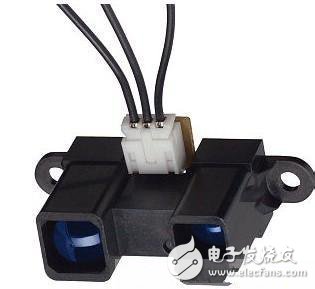
Ultrasonic distance measuring sensor principle
Ultrasonic waves have a great ability to penetrate liquids and solids, especially in sunlight-opaque solids, which can penetrate depths of several tens of meters. When an ultrasonic wave hits an impurity or an interface, it will produce a significant reflection to form a reflection into an echo, which can produce a Doppler effect when it hits a moving object. Therefore, ultrasonic testing is widely used in industrial, national defense, biomedical and other fields. Ultrasound is used as a detection means, and ultrasonic waves and ultrasonic waves must be generated. The device that performs this function is an ultrasonic sensor, which is conventionally called an ultrasonic transducer, or an ultrasonic probe.
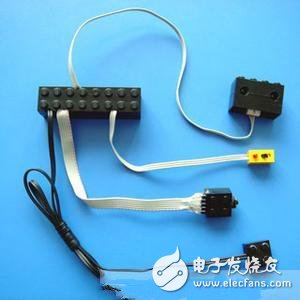
Ranging sensor
Laser ranging sensor working principle
When the laser sensor is working, the laser diode is first directed to the target to emit a laser pulse. The laser scatters in all directions after being reflected by the target. Part of the scattered light is returned to the sensor receiver, which is received by the optical system and imaged onto the avalanche photodiode. The avalanche photodiode is an optical sensor with an internal amplification function, so it can detect extremely weak optical signals. The target distance can be determined by recording and processing the time elapsed from the time the light pulse is emitted until the return is received. The laser sensor must measure the transmission time extremely accurately because the speed of light is too fast.
Infrared ranging sensor works
The infrared ranging sensor uses the principle that the intensity of the different reflections of the infrared signal encountering the obstacle distance is different, and the detection of the obstacle distance is performed. The infrared ranging sensor has a pair of infrared signal transmitting and receiving diodes, the transmitting tube emits an infrared signal of a specific frequency, and the receiving tube receives the infrared signal of the frequency. When the infrared detecting direction encounters an obstacle, the infrared signal is reflected back and received. After receiving the tube, after processing, returning to the robot host through the digital sensor interface, the robot can use the infrared return signal to identify changes in the surrounding environment.
In summary, the above content is mainly for the knowledge of the principle of the ranging sensor, such as the principle of ultrasonic ranging sensor, the working principle of laser ranging sensor and the working principle of infrared ranging sensor, on the principle of "ranging sensor" "The sharing is here first. I hope the above introduction will help everyone's work."
2 / 3 / 4 phase are available.
Matt white / black / silver color for option.
DILI systerm, dimmable, CCT changeable, 0-10V, dial swith are available.
High PF, high lumen, high CRI, >90Ra, high reflectance diffuser (Lens+Reflector) with 12° / 24°/ 36° for choice.
15W LED Track Lights are popular in clothing store, show case, shopping mall, jewelry store, museum etc.
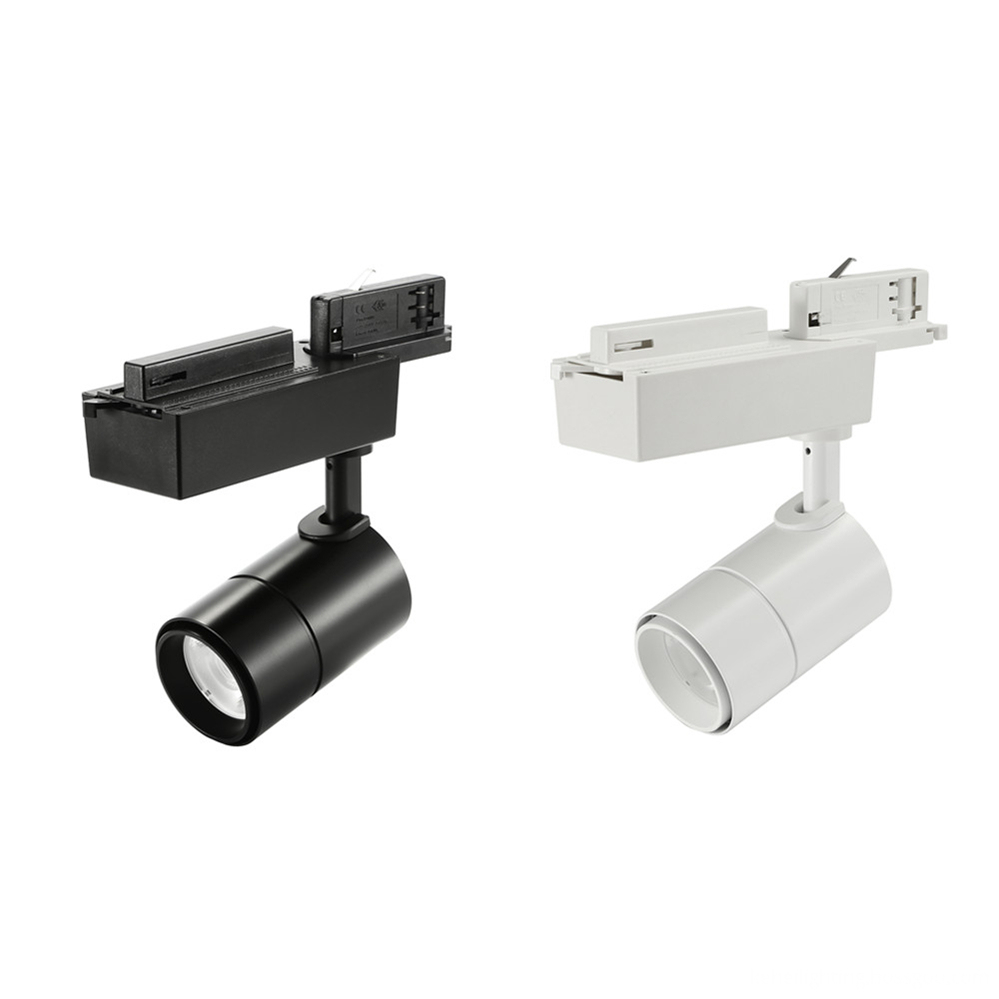
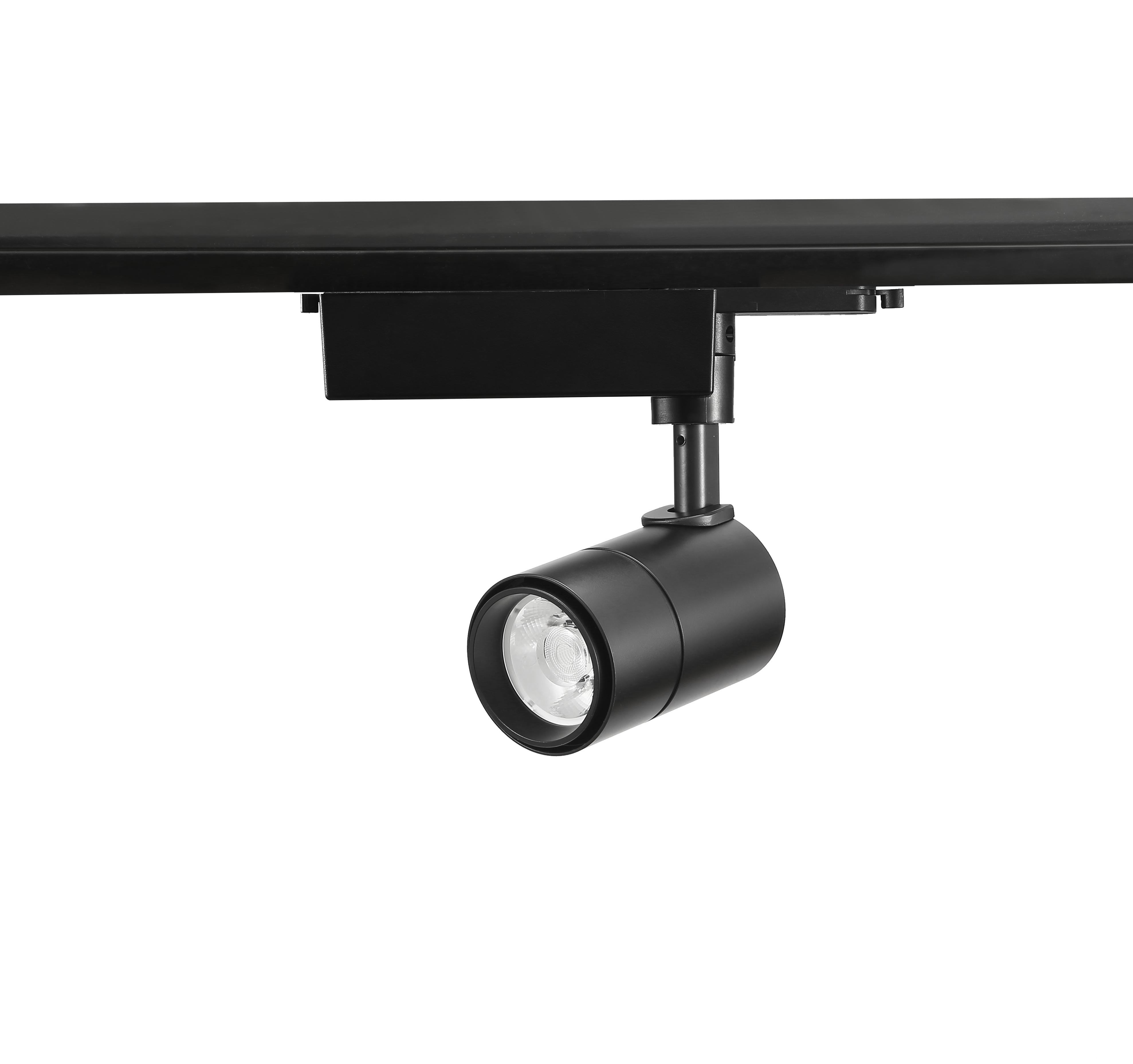
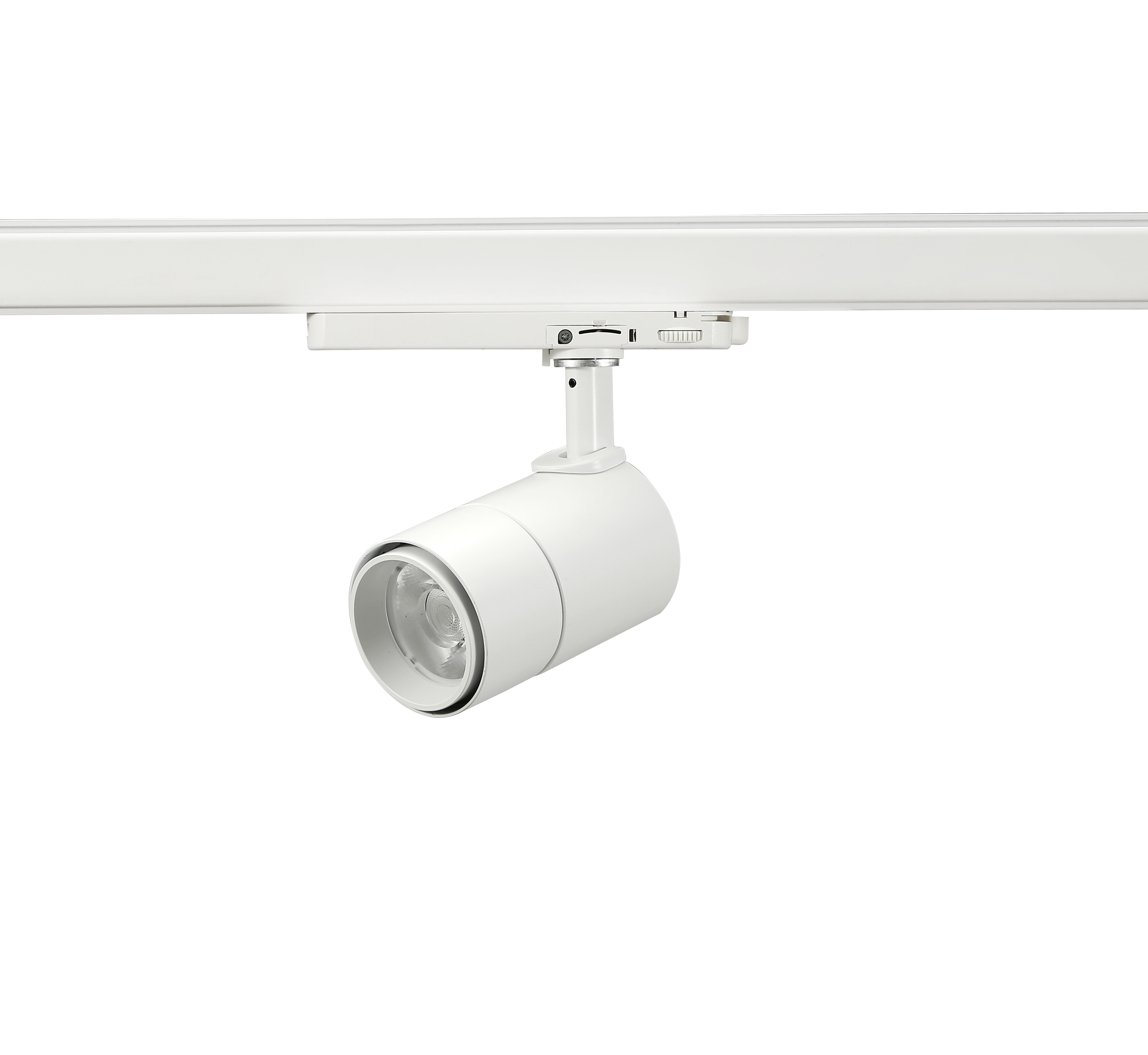
15W Led Track Lights
15W Dimmable LED Track Light,15W Mini LED Track Lighting, 15W Commercial LED Track Light,15W Color Changing LED Track Light
SHENZHEN KEHEI LIGHTING TECHNOLOGY CO.LTD , https://www.keheiled.com